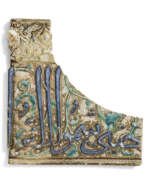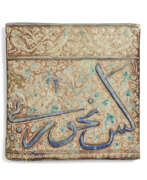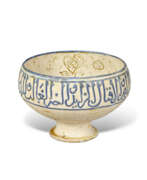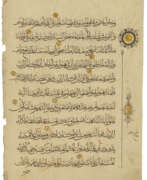Ilkhanate dynasty

Ilkhanate dynasty
The Ilkhanate dynasty (Hulaguid Dynasty), a Mongol khanate established in the southwestern sector of the Mongol Empire, was a remarkable period in history, particularly in Iran, Azerbaijan, and Turkey, spanning from 1256 to 1335. This era, known for its rich cultural and artistic heritage, was initially led by Hulagu Khan, Genghis Khan's grandson. The Ilkhanate rulers, though of Mongol origin, embraced Iranian culture, positioning themselves as heirs to the ancient Sasanian Empire.
Under the reign of Ghazan Khan, the dynasty witnessed a significant shift as it officially became a Muslim empire, influencing the religious landscape of the region. This era was marked by a flourishing of arts, including magnificent painting and sculpture, which are admired for their unique blend of Mongol and Persian influences. The Metropolitan Museum of Art houses some of these exquisite artworks, showcasing the dynasty's contribution to cultural and artistic evolution.
The Ilkhanate dynasty's disintegration in the 14th century paved the way for new dynasties, but its legacy in art and culture remains influential. Art collectors and experts are invited to explore this fascinating era. Sign up for updates on new product sales and auction events related to the Ilkhanate dynasty.
| Country: | Afghanistan, Armenia, Asia, Azerbaijan, Iran, Iraq, Syria, Turkey, Turkmenistan |
|---|---|
| Start of the period: | 1256 |
| End of the period: | 1335 |







